Understanding the Worth of Militaria Collectibles: Beyond Market Prices
The question most often asked by collectors is, “What’s the worth of militaria collectibles?”, when considering the purchase of a piece of militaria.
Answers usually focus on the market value, and fix that by comparing an item to others that show their sales prices. But this answer is incomplete, or more to the point, the question itself is incomplete.
The real question is, “What is it worth to you?”
Here’s an example, using the British-made Mackinaw coat referenced in a previous post.


These coats rarely come up for sale. I had three of the four models of the Mackinaw coat shown in the GI Collector’s Guides. When one of these came up for auction on eBay, I was determined to win the auction, but failed. My bidding skills had not yet matured at that point. The winning bid was $106. Losing this very rare chance to complete my collection of Mackinaw coats threw me into a two week depression. If you’re a collector of anything, you understand.
As a last ditch effort to get a coat I had never seen for sale anywhere else, I contacted the seller. I told her that, if the buyer didn’t follow through on the purchase, I would pay her $150 for the coat. She told me that if that happened, she’d let me know, but had to allow for two weeks of non-payment. Non-payment, while not unheard of, was highly unlikely. But, after two nerve-wracking weeks, the seller contacted me that, indeed, that had occurred, and she would post the jacket on eBay for $150 and alert me when it was posted. She did, and that’s how I ended up with, not just a uniform piece with a tag, but one that was named to a William DeMatteis, including his service number.

William DeMatteis was a World War II Army veteran, who served from June 8, 1943 to March 17, 1946. Service Number 31041061. Enlisted: January 19, 1942 in Ft Devens Massachusetts

The point here is that if the seller paid for the coat, one could claim that its market value was $106. If your “puzzle” has a missing piece, and that piece doesn’t come up for sale very often, there’s no telling what its value would be to you. It’s possible that you would place the value higher than a perceived market value.
There’s another factor that will determine value, to you. That is, your budget. The acceptable value of an item you’re interested in is tied to how much you can spend. If you can spend a few hundred dollars a month on militaria, your tolerance for “overpaying” for a coveted item, like $150 for a coat, can easily be justified. Otherwise, you can wait and watch for what you want at a more favorable price. That’s a strategy that has worked for me at times.
With all that in mind, you’re still left needing some kind of ballpark for some sense of value. To that end, one reference to help you quick-start, and not mentioned in another previous article, is Warman’s World War II Collectibles.

The last edition I’m aware of was printed in 2014. Value-ranges are attached to a wide variety of militaria, including items from all WWII combatants. While these prices can be dated, often they’re not that far off. This would be the quick and easy way to get a sense of what an item should go for.
The best way to get a handle on current pricing is to follow auctions on eBay in your Watch List, even if you have no plans to buy what you’re watching. At least 90% of my collection came from eBay. There’s no truer picture of what an item is worth than one on auction. When an auction is won, especially one in which there were several bidders, that upper limit of value is tangibly established. Conversely, when a starting bid is too high to draw a bid, or a Buy Now price is too high, and the item sits untouched for months and sometimes years, you know it’s overvalued.
Here’s a prime example of overvalued. This is a very early WWI-era canteen with the unreinforced neck. You can see the threads on the inside, as well as on the outside, of the neck.

These are not impossible to find, but they’re not easy to find either.
The thin aluminum necks would compress over time as the caps were repeatedly tightened, to where the cap would keep falling off. So the Army had the necks reinforced with an insert. The WWI era canteens with the reinforced neck, look like this, and are the ones most commonly seen for sale.

Thinking I had all (9) variations of the WWI era M-1910 canteens, I discovered I was wrong, when I got hold of this reference, mentioned in that previous article.

In it was a picture and description of a smooth neck canteen that bridged the transition from no reinforcement to fully reinforced. This is what a smooth neck canteen looks like. The reinforcing is much thinner (and maybe was still too thin).
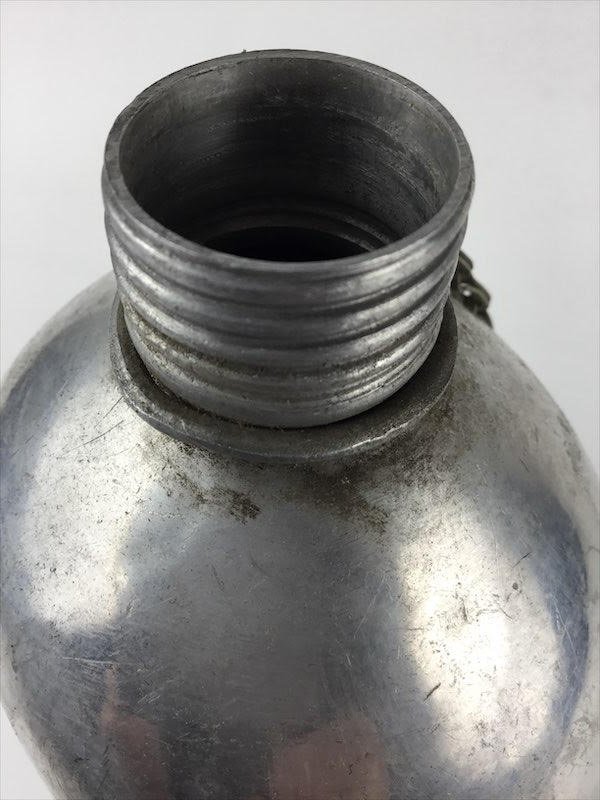
I had just discovered a missing link, so immediately hopped onto eBay. To my delight, this canteen was being auctioned at that very moment. There were only one or two other bidders. Desperate to win this, I submitted a crazy high bid near the end of the auction, and won it for $316.72. Now, that might sound a little high. Was it really worth that much?
Here’s why I think it was. First, of course, is that it was a winning bid on an auction, which meant that at least one person was willing to pay within a couple of dollars what I ended up paying.
The other solace came from two other smooth neck canteens that I subsequently saw with a Buy Now price. Both were priced multiples higher than what I paid. One was priced at $1,500! It was listed in March of 2019, where it remains for sale as of this writing, five years later.
That’s a good example of a published price that does not represent the true market value. As a side note, I suspected the $1,500 canteen was smooth necked, although there was no mention of that. After messaging the seller, he confirmed that it was, and added a photo that showed that, and added that to his description. So, he was pricing it at that high price, without knowing that it was special. Even with that, it sits unsold, still at an unrealistic price, as of this writing 9 months later.
Now, here’s a tip. If you’re desperate for a smooth neck canteen like this, but are unable to gauge if $1,500 is close to a market value, look at how long it’s been sitting around unsold. How do you do that? You go to http://www.watchcount.com/.

Just copy and paste the eBay item number into the yellow box to the right of the word “Keywords:” and click the blue Show Me button. It will show you the date the item was first listed. If it’s been five years since it was first listed, as in the case of the $1,500 canteen, that’s a pretty good indication that no one thinks it’s worth the price, and probably no where close to market value. The eBay item number is always on the bottom right of your screen, or a short scroll beyond.
Had I not acquired my smooth neck already, I still would not have paid $1,500, or anywhere close, for that one. I’d have waited for a price that seemed more reasonable, to me, no matter how long it took.
One more example, of why auctions can be critical to getting an up-to-date sense of worth, is these unopened biscuit tins from WWI. Prices can change, a lot.
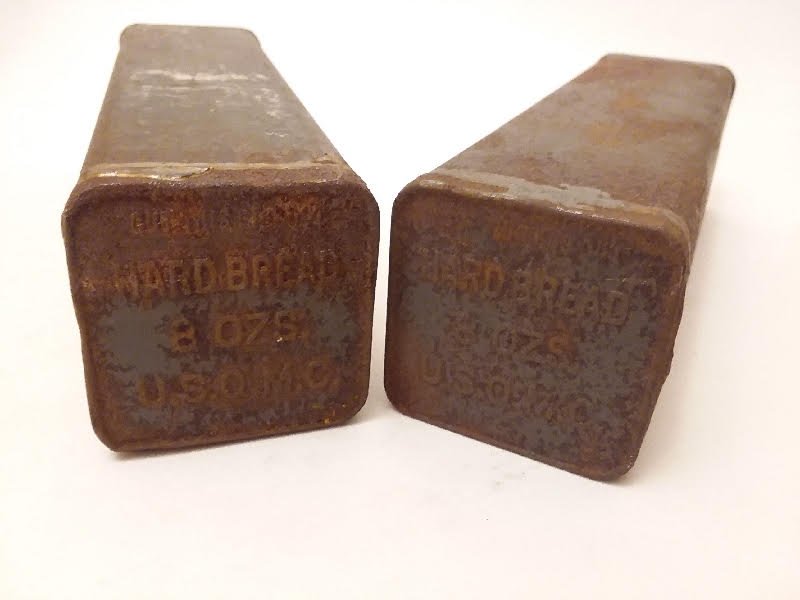
This pair cost me $300 in 2018. That sounded reasonable to me as these almost never come up for sale, and this was for two. I didn’t have a definitive sense of their true market value until 2023, when I saw ONE in similar condition on an eBay auction that sold with a winning bid of $400! For one! It helps to follow a lot of auctions, all the time, to start developing an almost intuitive feel for what things are worth.
So, keep in mind, when asking what is it worth, that market value, what it’s worth to you and what you can afford, will all determine what you’ll pay for militaria.
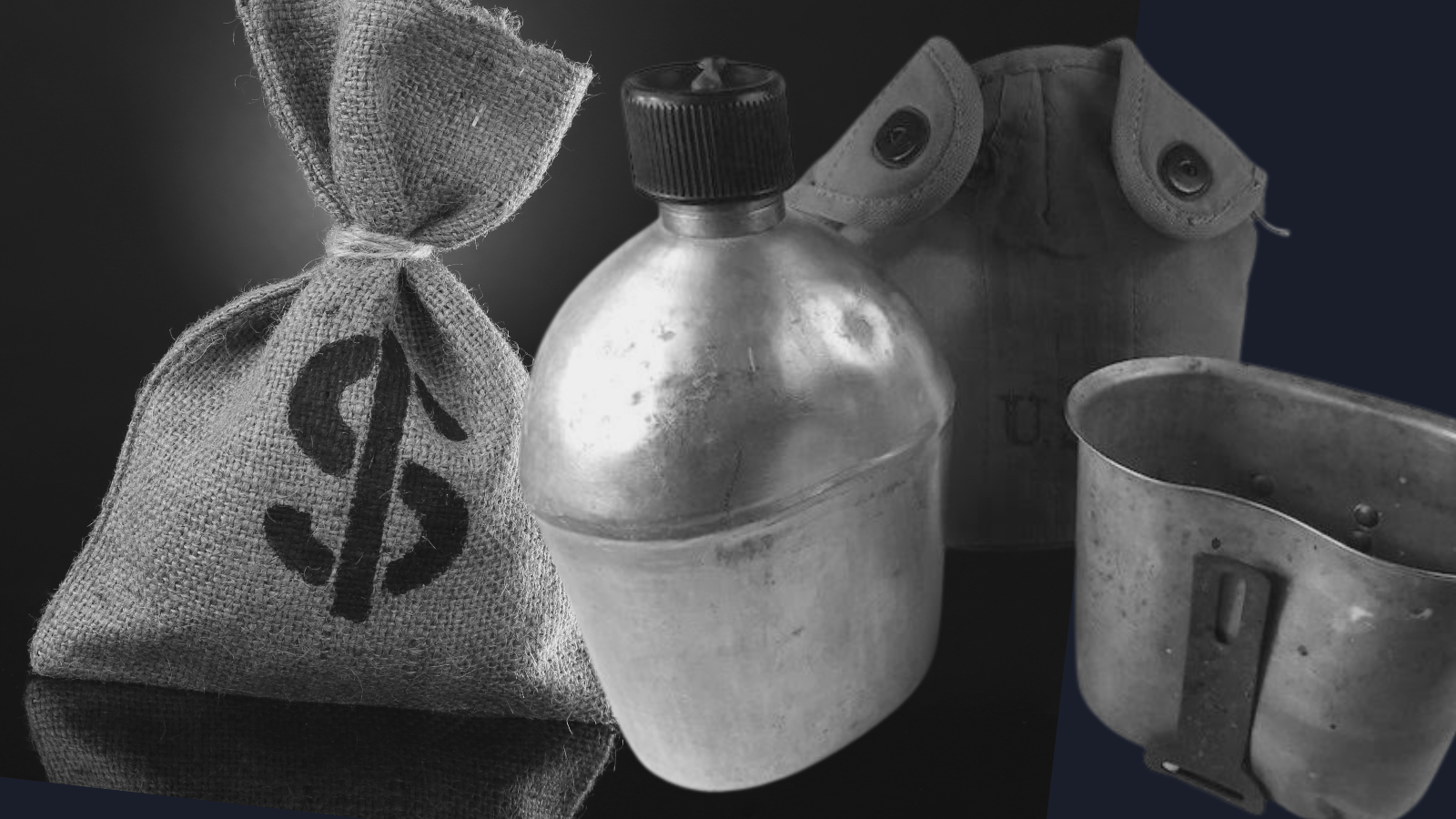


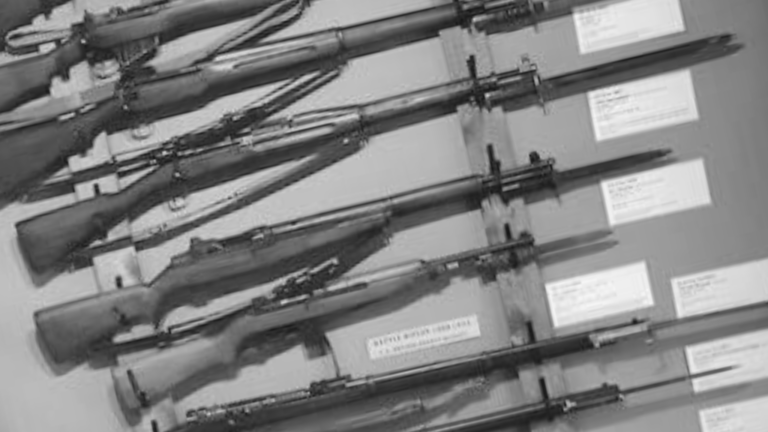
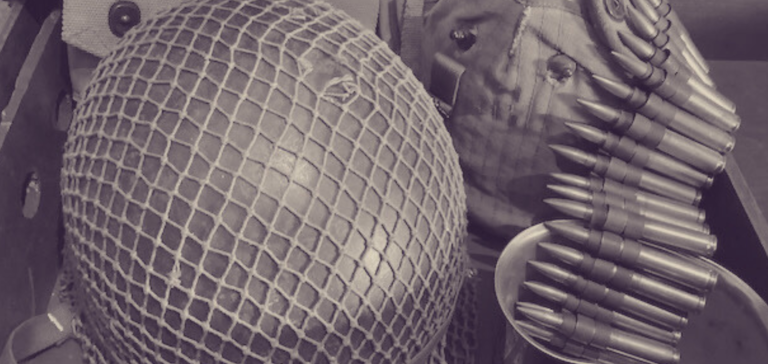


One Comment